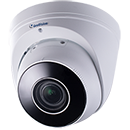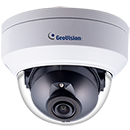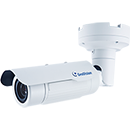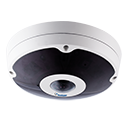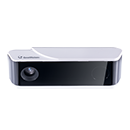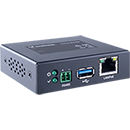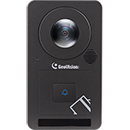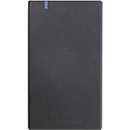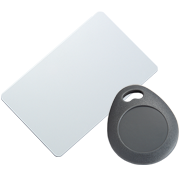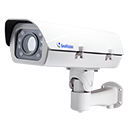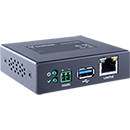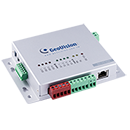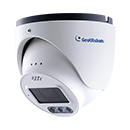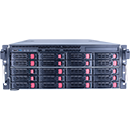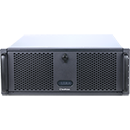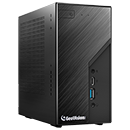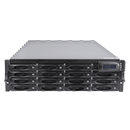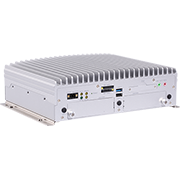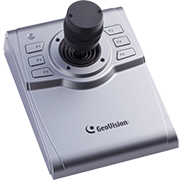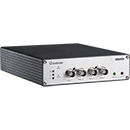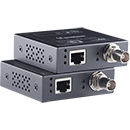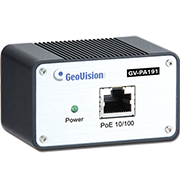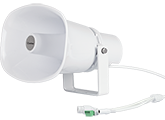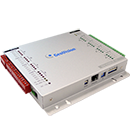The growing popularity of the Internet of Things (IoT), along with more developed technology and lower cost of sensors, has boosted the use of sensors. Based on figures from a report by bccResearch, the global market for sensors reached US$101.9 billion in 2015. This market is estimated to reach $190.6 billion by 2021, with a CAGR of 11 percent for the period of 2016 to 2021.
Now, the use of sensors has expanded past perimeter security, intrusion detection and can be seen in various applications, for instance, access control and many others, even beyond security. Larger multi-site organizations are increasingly using full integrated security management systems which pull all aspects of security together in one user interface. Sensors have always been part of that — either at the perimeter or at every door — but we are now seeing a new generation and that will grow faster with the Internet of Things.
Moreover, the realization that sensors can transmit valuable data has become more widespread, boosting the implementation of sensors in the security market. A simple example of this is in retail, where a device that was historically utilized for access control is now the launch point for the introduction of marketing materials via a mobile device or beacon, a guide for consumer navigation, or in the case of a repeat customer or loyalty program member, a series of routines or predefined actions that the consumer prefers.
On the other hand, another type of sensor that has become very popular over the past few years are sensors integrated into surveillance cameras — video analytics. The possibilities of these sensors are endless, as they are controlled by algorithms designed for the user’s multiple requirements.
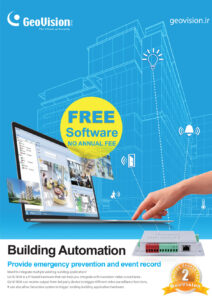
Sensing Integration Challenges
Although today’s sensor technology continues to become more mature and developed, education and standardization is still much needed in order for sensors to be seen more in the market. Systems integrators (SIs) and installers are not typically involved in sensor integrations. Therefore, the integration efforts fall to one of the sensor manufacturers involved. This can sometimes be problematic as sensor suppliers don’t earn revenue from the sale of the other sensors in the integration and customers are used to buying ‘products,’ not ‘integrations.’ So, the business case around a particular integration can sometimes be challenging, even though the resulting sensor collaboration can deliver a large value proposition to the end user and the market in general.
Apart from the lack of integration knowledge for this new type of integration trend, the move towards standardization has yet to come. SIs need to use their expertise to select the appropriate platforms that allow such integrations to be a success. For any system to work well it must be robust and accurate. Unfortunately there are many systems around which are neither robust nor accurate. Unfortunately users do not understand the technology enough to differentiate between the systems that work and those that will operate with hundreds of false alarms resulting in too many users with very negative experiences.
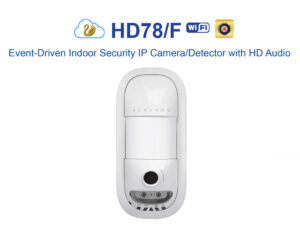
From manufacturers’ point of view, end users must be aware of the availability of security sensors and what they can benefit from implementing sensors in their security solutions. Manufacturers have the responsibility to tell end users this is a technology that’s available.
SIs who have integration experience with sensors understand the importance of compatibility to avoid integration problems. In any integration, compatibility between devices in both the short and long term are key. Using standard interfaces and standard software protocols is vital, and the more complex software integrations need to be carried out in a formal way through partner programs and certification for each version of software.
In the meantime, manufacturers are focusing on connecting their products with various platforms. The biggest change of transition that I see is the connectivity. Communication between a VMS platform, a VMD platform, or even a PSIM platform and the sensors that are in the field. So you see integration packages now. For us, as a manufacturer, it’s important to be able to integrate with as many as possible of those platforms.
The ongoing advances in sensor accuracy, reliability, response time, miniaturization and communications capability will be the growth driver of sensors. Soon, before we even know it, the era of sensor could be here. The era of video and access control is still very relevant, but its complement with sensor gives more accurate results and enhances its functionality. It would be very important for manufacturers, distributors, systems integrators and end users to understand this technology and its challenges in order to harness its full potential.
Source: a&s Magazine
